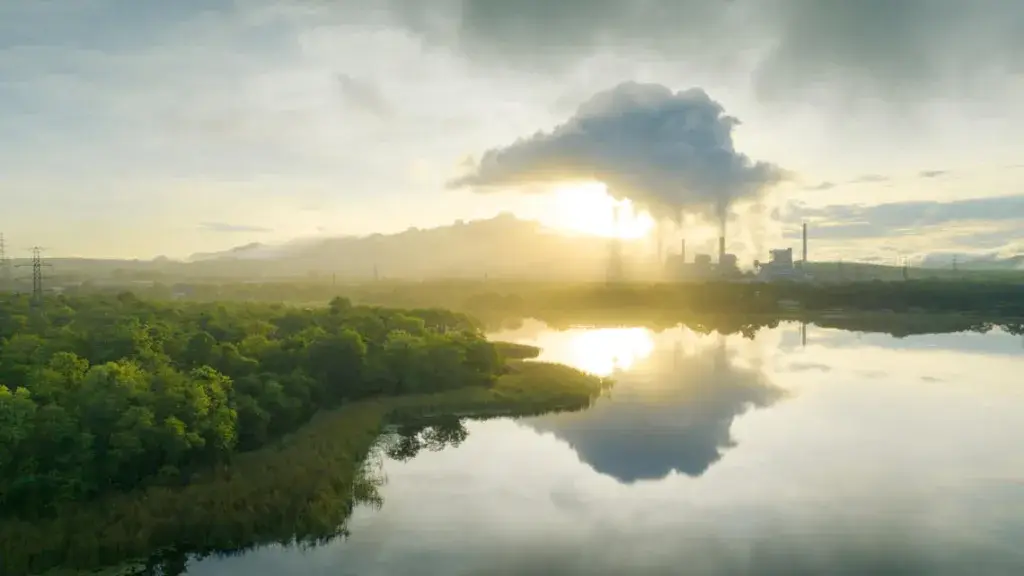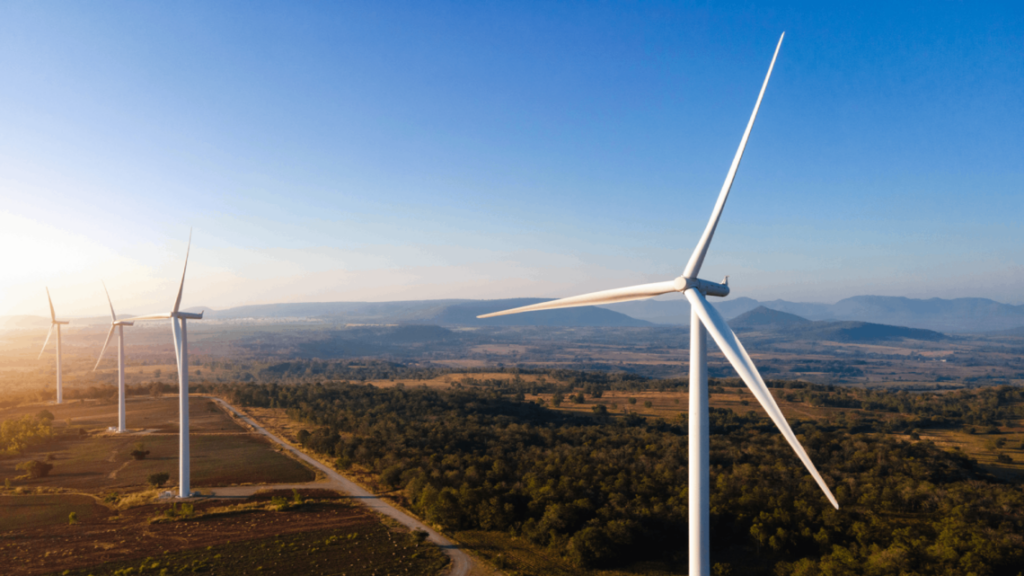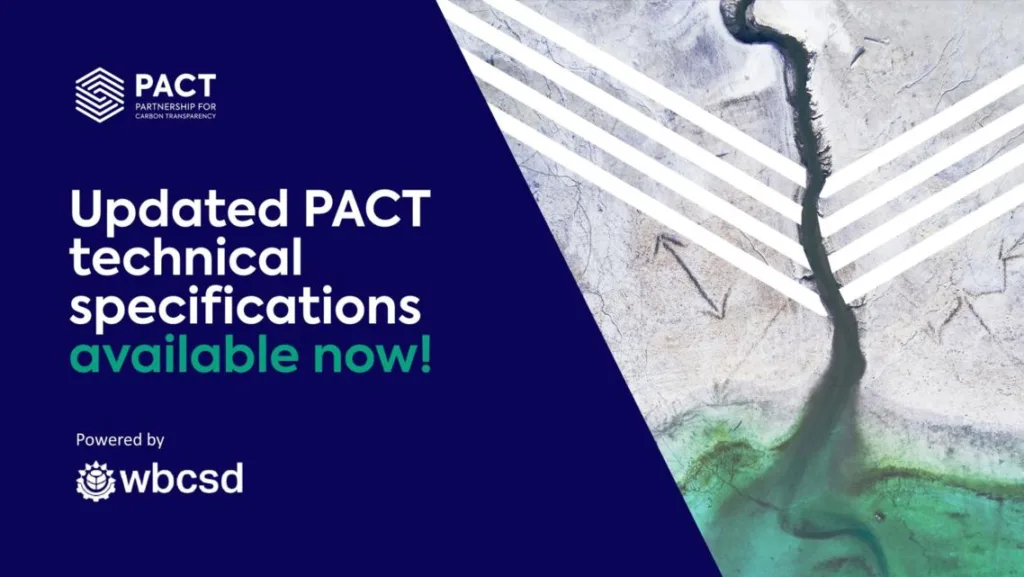Authors
María Mendiluce
As heads of states and governments, business leaders and civil society from across the world gathered in Davos for the 50th World Economic Forum (WEF) Annual Meeting at the end of January, sustainability – including climate emergency – topped the agenda like never before.
An urgent wake-up call, climate activist Greta Thunberg’s speech marked a stark change from the tone of previous Davos meetings. But climate emergency permeated this year’s meeting beyond keynote speeches, with WEF’s annual Global Risk Report attributing all long-term global risks to sustainability threats for the first time in the history of the report.
The call for private sector action on climate change did not go unheard. The week saw 140 of the world’s largest companies commit to developing metrics for environmental, social and governance (ESG) indicators: a clear signal that the economy is moving toward rewarding more sustainable companies with a lower cost of capital.
The shift in conversations witnessed in Davos’ to mainstream sustainability and climate change along economic growth is certainly positive. But despite increasing business and government commitments to lower greenhouse gas (GHG) emissions, we are still nowhere near where we need to be to meet the Paris Agreement and deliver a climate-safe world by 2050.
Decarbonizing energy alone won’t cut it
The IPCC estimates an 800 Gt CO2 carbon budget for this century if we are to prevent warming above 1.5°C. But producing materials alone will blow us way off the carbon budget with 900 Gt of CO2 emissions. Savings we can make with energy efficiency and net-zero energy will only bring this figure down to 648 Gt. Even if we achieve 100% net-zero energy by 2050, emissions will far exceed our available carbon budget of 300 Gt of CO2. With resource consumption set to double by 2050, we need to drastically rethink our entire economic model if we are to meet the 1.5°C climate target and time is running out.
The future of business is circular
The idea of a circular economy is by no means new to business. As demand for resources has grown exponentially in recent years, leaders and businesses have discussed circularity as a new model to manage resource limits while pursuing economic growth. But so far this thinking has largely remained “talk”. Davos 2020 showed that more than ever, global leaders and businesses understand that our current “take-make-dispose” model – largescale manufacturing and short consumption cycles – is pushing us closer to the breaking point. But despite this, our world is still only 9% circular. 91% of fossil fuels, minerals, metals and biomass that enter the economy are not re-used. To make good on the Sustainable Development Goals and the Paris Agreement we need to move to a circular economic model now.
We cannot do this without business. Business has the resources, scale, and innovative capacity to identify and remove barriers we face to adopting a circular economy. Progressive businesses around the world are stepping up their climate action: setting science-based targets, procuring renewable energy and even reporting on their climate risks. But with 15% of global emissions coming from industry, business climate action must also include circular performance – and effective, objective and transparent means to measure it.
We need to measure business circularity
As support for a circular economy has grown, so have the number of methodologies and indicators for assessing business circularity. Forums like Davos are increasingly seeing governments, companies and civil society sharing new tools and metrics for assessing progress. But a lack of consensus on metrics has made it very difficult to measure circular performance across businesses and sectors, which is key to mobilizing the ambition and competitiveness on business circularity we need to trigger the shift.
In response to this challenge, WBCSD with 26 global companies launched the first circularity self-assessment framework for business. The Circular Transition Indicators and online tool developed with Circular IQ provide a way for all companies across all sectors to assess and compare their circularity while understanding the risks and opportunities. This is critical to accelerating our transition to a circular economy: enabling companies to tap into unlocked opportunities and competitiveness by mainstreaming circular thinking into their core business strategy.
Accelerating our shift to a circular economy is everyone’s business
The science is clear, if we are to avoid exceeding the tipping point of 1.5°C, we need to build an economy which values low-carbon, sustainable and circular products and services. And we don’t have much time. Companies with a circular mindset and business models will be more resilient in tomorrow’s economy. But more importantly for today, they will show governments that the transition to a circular, sustainable economy is inevitable and irresistible. As countries’ 2020 deadline to submit revised emission reduction plans looms closer, there is no more time to lose. Governments must put circular policy at the center of climate plans. It makes business sense as well as planet sense.
WBCSD news articles and insights may be republished in accordance with the Creative Commons Attribution-NonCommercial-NoDerivatives 4.0 International Public License, and in accordance with our Privacy Policy. All Content must be featured with due credits.
Outline
Related
Content

Carbon removals: Why a portfolio approach is key to achieving climate goals
19 April, 2023

WBCSD updates the climate scenario analysis tool for companies to leverage in their climate-related financial disclosures
31 March, 2023

Partnership for Carbon Transparency releases updated technical specifications for standardized exchange of emissions data
21 February, 2023

